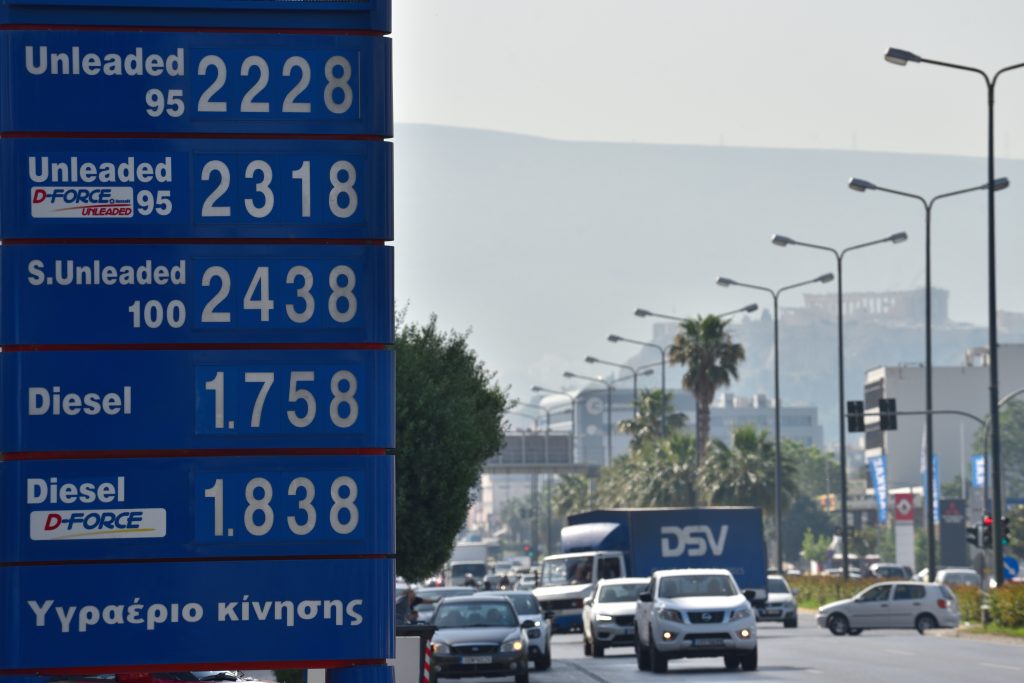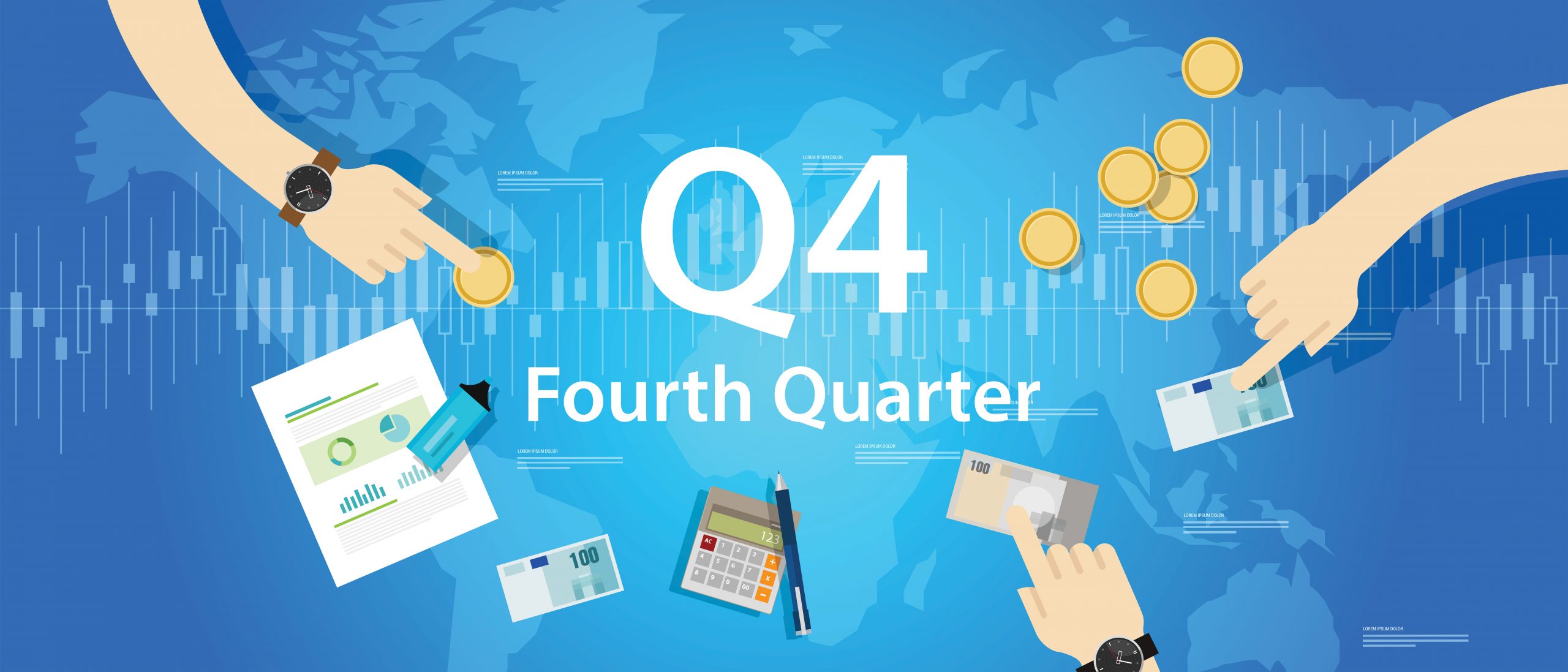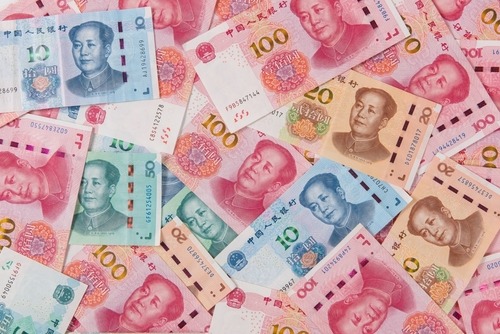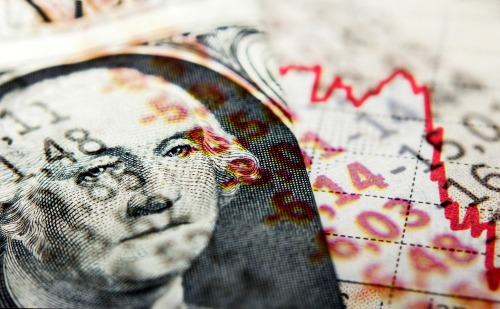The U.S. Rank in Global Gas Prices
Gasoline prices have more than doubled in 2022 compared with 2020, but many countries with developed economies have even higher prices than the U.S.

Gasoline prices in the United States are currently at, or near, record highs.
In early June, the American Auto Association (AAA) reported that the nationwide average price for a gallon of regular, unleaded gasoline broke above $5 for the first time in American history. That figure is more than double the national average observed during 2020, which was roughly $2.24/gallon.
While American consumers are struggling due to rising energy costs, it’s important to note that among the countries with the most developed economies in the world, the U.S. is actually one of the cheapest places to buy a gallon of gas.
Gasoline prices in much of Europe, and around Southeast Asia, are often 40-50% higher than in the U.S. The list below highlights the ten countries with the highest average gasoline prices as of June 13, 2022, according to GlobalPetrolPrices.com:
- Norway, $10.22/gallon
- Denmark: $10.04/gallon
- Finland: $10/gallon
- Iceland: $9.83/gallon
- Greece: $9.48/gallon
- Netherlands: $9.33/gallon
- Central African Republic: $9.05/gallon
- Monaco: $8.92/gallon
- Singapore: $8.71/gallon
- Sweden: $8.70/gallon
The data above illustrates that while gasoline prices are historically high in the U.S., they are still much lower than the average prices observed in many other developed countries.
One can only imagine how American consumers might respond if gasoline prices jumped by 40%, to a level on par with Sweden (e.g. $8.70/gallon). And looking further into the future, it makes one wonder where gasoline prices might go once the world’s crude oil reserves tick toward depletion.
That’s a question for another day.
For now, the question to ask is: Why do other developed countries charge such astronomic prices for gasoline? The answer is taxes.
In some countries, the total taxes levied on a gallon of gas can account for as much as 50% of the total price paid at the pump. In Greece, for example, consumers typically pay nearly $3/gallon in just taxes, which helps explain why the current cost of gasoline in Greece is $9.48/gallon.
In the United Kingdom, the tax levy is even higher, with an estimated $3.89 sent to the British Treasury for each gallon of gas sold.
In the U.S., the tax component at the gas pump is much more modest, with total taxes (federal and state combined) accounting for an average of $0.52/gallon for regular, unleaded gas. That figure rises to about $0.60/gallon for diesel, which is taxed at a slightly higher rate.
In Europe and Asia, fuel taxes are typically used to maintain national transportation networks and infrastructure, as well as to develop and maintain other mass-transit networks, such as subways, trains and trams/trolleys.
In the U.S., taxes on gasoline are also intended to help pay for the development and maintenance of the country’s transportation networks. Unfortunately, the revenue generated from such taxes hasn’t kept pace with associated maintenance costs in recent years.
That’s one reason that so much of the infrastructure in the U.S. has fallen into a state of disrepair during the 21st century.
Due to the political sensitivity of sky-high gasoline prices, federal and state governments in the U.S. have been forced to divert funds from other sources to try and keep pace with road maintenance, instead of raising gasoline taxes. For example, the Highway Trust Fund has drawn money from the U.S. Treasury Department to address shortfalls since 2008.
Recent polls suggest that rising gasoline prices are a huge concern for most Americans (82% of respondents), which indicates that additional tax levies on energy products likely won’t be rolled out anytime soon.
Recent reports suggest the federal government is considering the enactment of a “gas tax holiday,” which would temporarily suspend the federal gas tax with the intent of making prices more affordable at the pump.
Looking at the other end of the global price spectrum, it’s important to note that countries with large reserves of crude oil often sell gasoline at extremely low prices. For example, in Venezuela—a country that controls the largest proven reserves of crude oil on earth—regular, unleaded gasoline currently sells for a jaw-dropping $0.10/gallon. That’s right, ten cents a gallon.
In Iran and Libya, the cost of gasoline is similar to Venezuela, with a gallon of gas costing $0.12 and $0.20, respectively.
The U.S. is currently in talks with Venezuela to help the country update its energy infrastructure, with the ultimate goal being an energy partnership that would send more Venezuelan oil exports to the U.S. If American diplomats are successful in this endeavor, those extra supplies of crude oil could help reduce prices at the pump in America.
The fact that oil prices dropped significantly on June 17 (down 6% to $110/barrel), should also help alleviate some of the pressure that’s built up in the American gasoline market.
For more perspective on how elevated gasoline prices (and other inflationary forces) are affecting the economy and markets, review a recent installment of Truth or Skepticism featuring tastytrade co-founder and co-CEO Tom Sosnoff and longtime business journalist Dylan Ratigan.
To follow everything moving the markets this summer, tune into TASTYTRADE LIVE.
Sage Anderson is a pseudonym. He’s an experienced trader of equity derivatives and has managed volatility-based portfolios as a former prop trading firm employee. He’s not an employee of Luckbox, tastytrade or any affiliated companies. Readers can direct questions about this blog or other trading-related subjects, to support@luckboxmagazine.com.




















